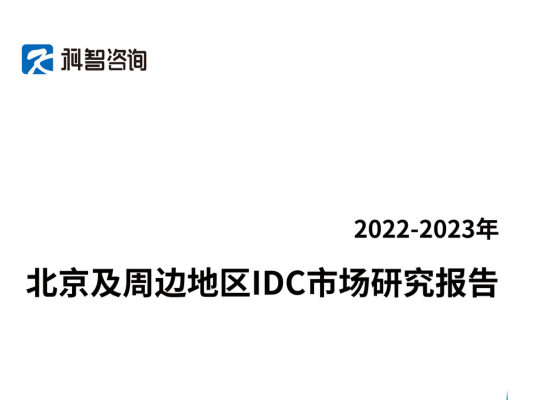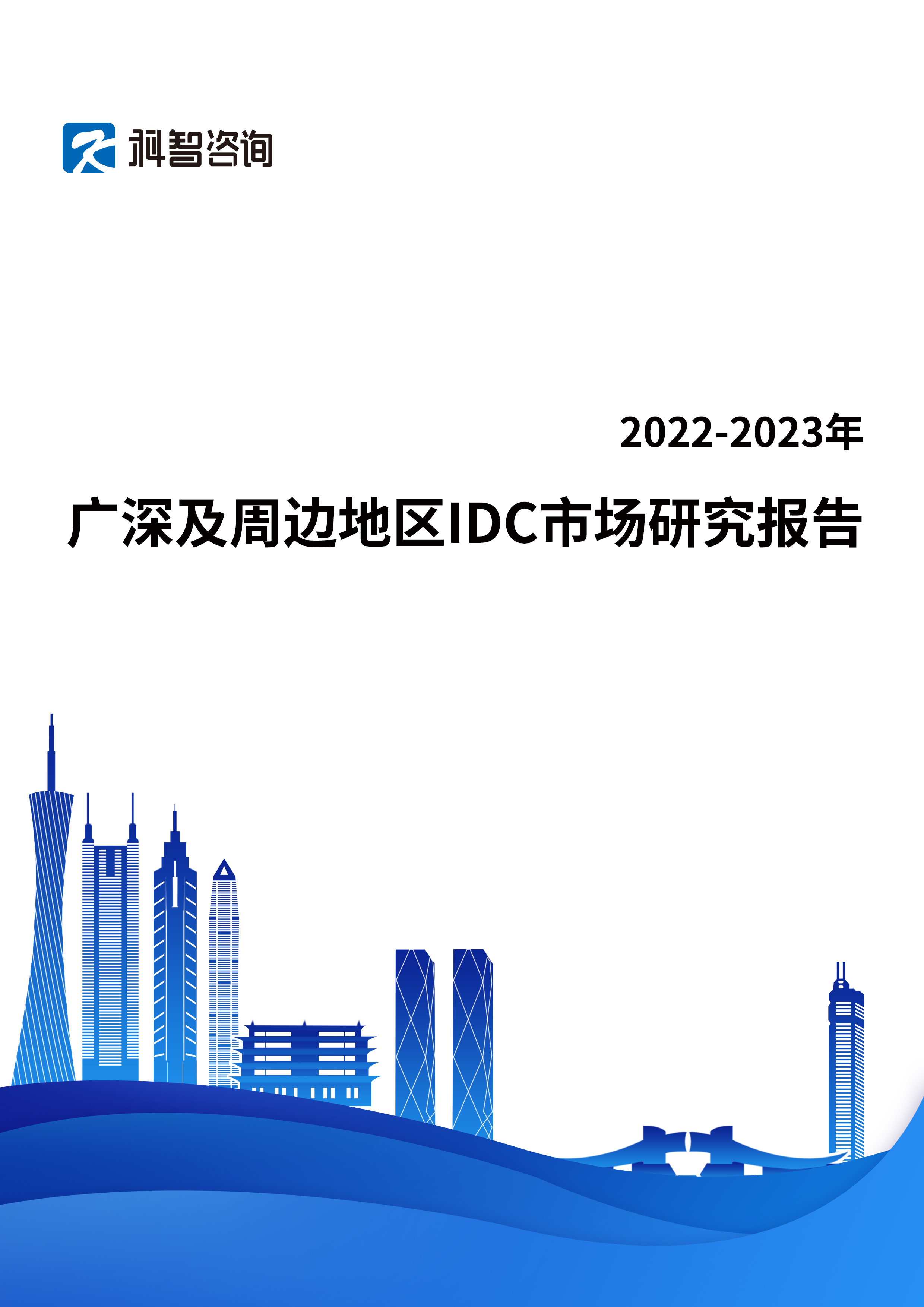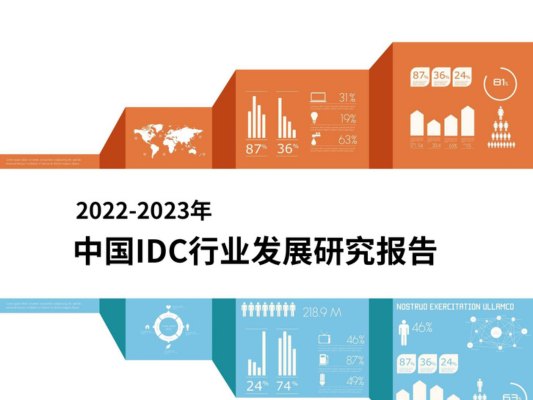October 28, 2025
In a major strategic shift toward a sustainable future, Singapore is transforming its industrial heartland on Jurong Island into a hub for clean energy and low-carbon technologies. Nearly 300 hectares—approximately 10% of the island's total land area—has been allocated for this initiative, which will include Asia's largest green data center park.
The ambitious plan was announced Sunday by national agencies JTC Corporation and the Economic Development Board (EDB) during the Singapore International Energy Week conference. The massive 300-hectare zone, equivalent to more than 400 football fields, is designated for new energy solutions such as hydrogen and ammonia-powered facilities.
A dedicated 20-hectare section, the size of 25 football fields, will host a low-carbon data center park with a potential power capacity of up to 700 megawatts.
Minister for Trade and Industry Gan Kim Yong outlined the vision for Jurong Island as a global test bed for emerging energies. “Jurong Island will be a global test bed for new energies and low-carbon technologies,” Dr. Gan stated, highlighting technologies including carbon-free fuels like ammonia and hydrogen, as well as carbon capture systems.
The government is set to unveil its 2030 research and innovation strategy next year, focusing on accelerating decarbonization across the power and industrial sectors.
“All these efforts ensure that Jurong Island continues to be home to great firms and creates meaningful career opportunities in the growing green economy,” the minister added.
New Energy Projects Take Center Stage
Key projects in the pipeline include a hydrogen-ready natural gas power plant and Singapore’s first facility for importing ammonia, to be used for both power generation and ship refueling. Earlier this month, a consortium led by Keppel announced plans to import cleaner ammonia and construct a power plant with a capacity of up to 65 megawatts—enough electricity to power more than 90,000 four-room public housing apartments annually.
The designated zones for data centers and energy projects are primarily located in the island’s southwestern and northwestern sections.
This transformation addresses a critical challenge: approximately one-third of Singapore’s greenhouse gas emissions originate from the refining and petrochemical sector on Jurong Island, which employs over 27,000 people across more than 100 companies.
“With its integrated ecosystem and strong industry base, Jurong Island is well positioned to be a premier test bed for developing, piloting and scaling new energies and low-carbon technologies,” the agencies stated in a joint release.
Data Center Expansion Anchored in Green Infrastructure
For the new data center park, operators will have access to the island's existing infrastructure, including shared energy storage systems and emerging clean energy sources. This expansion supports Singapore's 2024 announcement to increase its data center capacity by over one-third to meet soaring computing demands, particularly from artificial intelligence.
At least 300 megawatts of new data center capacity is slated for Singapore in the coming years, with priority given to operators employing green energy. Facilities will be encouraged to adopt best practices such as energy-efficient equipment, low-carbon fuels, and safely raising operating temperatures to reduce air-conditioning consumption.
The sustainability push on Jurong Island, which marks its 25th anniversary next year, began in earnest with a 2021 masterplan. Authorities provided a progress update, reporting that sustainable product output has already increased 1.4 times above 2019 levels, putting Singapore on track to achieve its goal of a 1.5 times increase by 2030.
Notable examples include French company Arkema’s production of polymers from castor beans and Japanese firm Kuraray’s upcoming recyclable food packaging material, scheduled for production in 2026.
Since 2021, the EDB has awarded funding to 35 industry projects through the Resource Efficiency Grant for Emissions program. Companies such as Evonik, ExxonMobil, Linde, and Air Liquide have received grants for projects focused on energy efficiency and decarbonization. These projects are projected to reduce carbon dioxide emissions by more than 340 kilotonnes annually upon completion—equivalent to removing 80,000 cars from the roads.
SOURCE cryptopolitan




